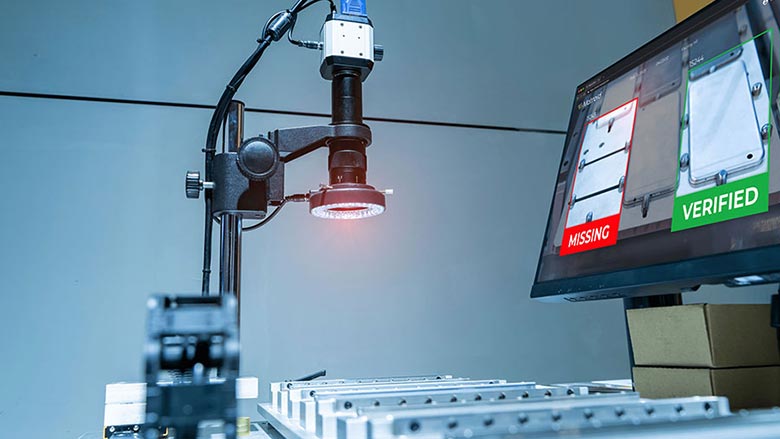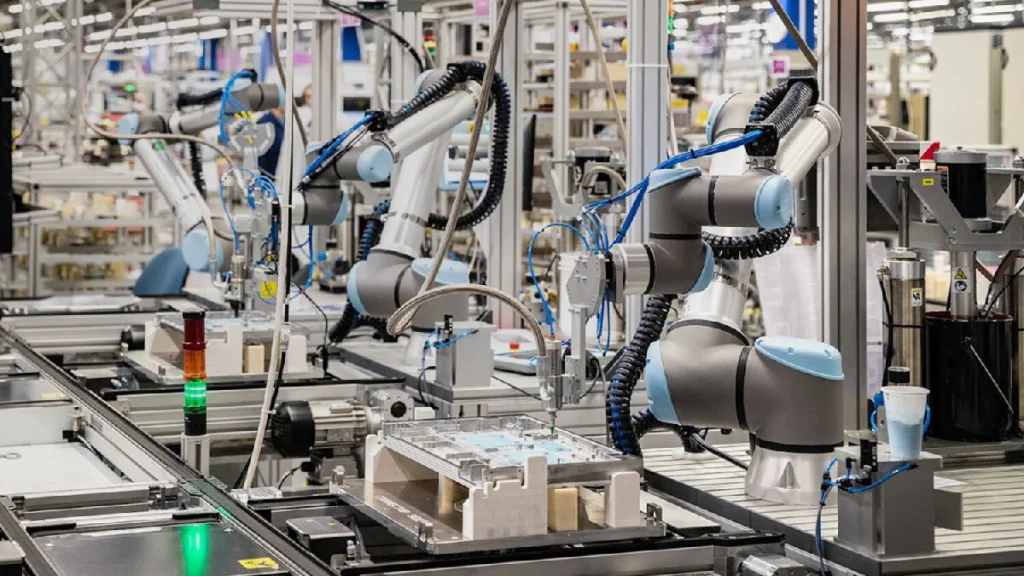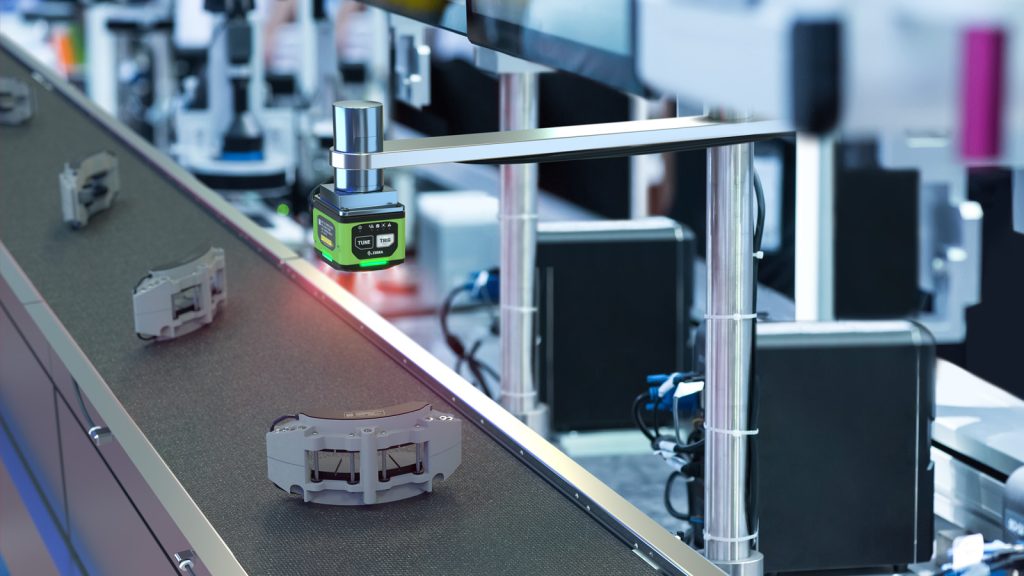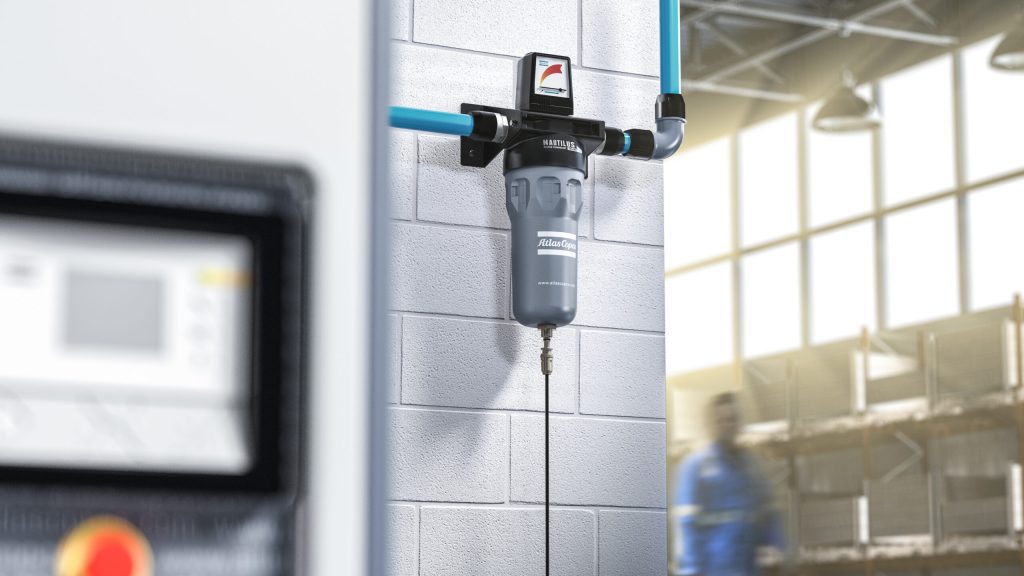Compressed air systems are vital for many industrial processes, providing power for tools, machinery, and automation. However, these systems can often become energy-intensive and costly if not optimized for efficiency. At Pneumation.ca, we understand the importance of maintaining an efficient compressed air system to reduce costs and enhance performance. This article provides practical tips for optimizing your compressed air system, ensuring maximum efficiency and reliability.
Understanding Compressed Air Systems
A compressed air system consists of several components working together to generate and deliver compressed air. Key components include:
- Air Compressors: These are the primary devices that compress air to the desired pressure.
- Air Receivers: These storage tanks hold compressed air, helping to smooth out fluctuations in demand.
- Air Dryers: These remove moisture from the compressed air to prevent damage and ensure quality.
- Filters: These clean the compressed air by removing contaminants such as dust and oil.
- Distribution Piping: This network delivers compressed air to various points of use.
Optimizing each of these components is crucial for improving overall system efficiency.
Tips for Optimizing Compressed Air Systems
- Conduct an Air Audit
- Perform an Energy Audit: Regularly evaluate your compressed air system to identify inefficiencies and areas for improvement. An energy audit will assess factors such as energy consumption, pressure levels, and leakage rates.
- Analyze Air Demand: Understand the actual air demand of your system. Over-sizing compressors or running them at excessive pressure can lead to unnecessary energy consumption. Tailor the system to meet the specific needs of your operations.
- Reduce Air Leaks
- Inspect for Leaks: Air leaks can significantly reduce the efficiency of your compressed air system. Regularly inspect your system for leaks using leak detection solutions or ultrasonic leak detectors.
- Repair Leaks Promptly: Address any leaks immediately to prevent energy loss. Even small leaks can add up to substantial energy waste over time.
- Optimize Compressor Performance
- Right-Sizing: Ensure that your air compressor is appropriately sized for your application. Oversized compressors can lead to energy inefficiency, while undersized ones may not meet your demand.
- Variable Speed Drives: Consider using variable speed drives (VSDs) on your compressors. VSDs adjust the compressor’s speed to match the actual air demand, improving efficiency and reducing energy consumption.
- Maintain Proper Pressure Levels
- Monitor System Pressure: Regularly monitor the pressure levels in your system. Operating at higher pressures than necessary can lead to increased energy use.
- Optimize Pressure Settings: Set your compressors and regulators to the minimum pressure required for your application. Reducing pressure by just a few PSI can lead to significant energy savings.
- Improve Air Quality
- Use Air Dryers: Install and maintain air dryers to remove moisture from the compressed air. Moisture can cause damage to equipment and lead to inefficiencies.
- Regularly Change Filters: Keep filters clean and replace them as needed. Dirty filters can restrict airflow and reduce system efficiency.
- Optimize Distribution Piping
- Inspect and Maintain Piping: Regularly inspect your distribution piping for leaks, blockages, or damage. Ensure that pipes are correctly sized and routed to minimize pressure drops.
- Use Proper Pipe Sizing: Ensure that the piping is sized appropriately for the airflow and pressure requirements. Incorrectly sized pipes can lead to energy losses and reduced performance.
- Implement Energy-Saving Technologies
- Recover Waste Heat: Consider installing heat recovery systems to capture and reuse the heat generated by compressors. This can be used for space heating or pre-heating water, reducing overall energy consumption.
- Energy Management Systems: Implement energy management systems to monitor and control energy use in real-time. These systems can provide insights into energy consumption patterns and help identify opportunities for savings.
- Regular Maintenance
- Schedule Routine Maintenance: Establish a regular maintenance schedule for your compressors and associated equipment. Routine maintenance includes checking for leaks, changing filters, and inspecting components.
- Keep Records: Maintain detailed records of maintenance activities and system performance. This helps track issues and plan for future improvements.
- Train Personnel
- Educate Operators: Ensure that personnel operating and maintaining the compressed air system are properly trained. Well-informed operators can help prevent misuse and identify potential issues early.
- Promote Best Practices: Encourage practices that support system efficiency, such as turning off equipment when not in use and reporting any abnormalities.
Optimizing your compressed air system is essential for improving efficiency, reducing costs, and enhancing overall performance. By conducting regular audits, reducing air leaks, optimizing compressor performance, maintaining proper pressure levels, and implementing energy-saving technologies, you can achieve significant improvements in your system’s efficiency. At Pneumation.ca, we are committed to helping you get the most out of your compressed air system with our range of high-quality products and expert advice. For more information or assistance, feel free to contact us.







